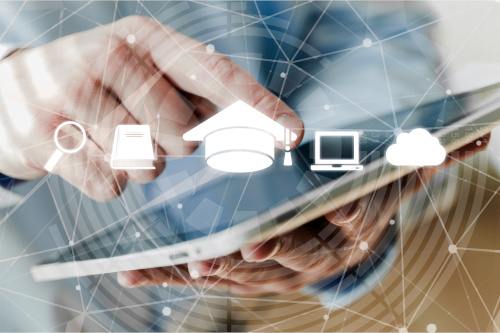
The pandemic saw countless education institutes scramble in a bid to offer remote learning, which just highlighted how ill-prepared they were for future learning.
But in this transition, we also learned something vital: Edtech learning helps to level the playing field for those who are unable to join regular classes due to location, illness, or financial constraints. It offers access to courses that many could only have dreamed of, and it allows for education to be consumed on the students’ own terms, around work, family commitments, or other appointments.
It suddenly opened the door to those with young children or those working in low-paid jobs who wanted to learn more skills and fit them around their working hours. Entrepreneurs could learn vital skills such as business strategies, investments, marketing and more, enabling them to pivot to a digital business plan in an ever-changing world.
And now, as we embark on Society 5.0, the age of collaboration and the balancing of economic advancement with the resolution of social problems, we are beginning to see edtech and digital learning becoming embedded in our lives.
Children and adults alike learn better when engaged, and in this virtual world, engagement can be driven via gamification and by encompassing forward-thinking technology such as virtual reality (VR) and artificial intelligence (AI). By utilizing AI, we will also see a more personalized and varied curriculum that will enable more students to find their purpose. In this scenario, fewer students will be left to fall through the gaps–a problem that we see time and time again with traditional education.
Related:
Lessons learned using edtech during COVID
Successful edtech impacts more than just teachers and students

